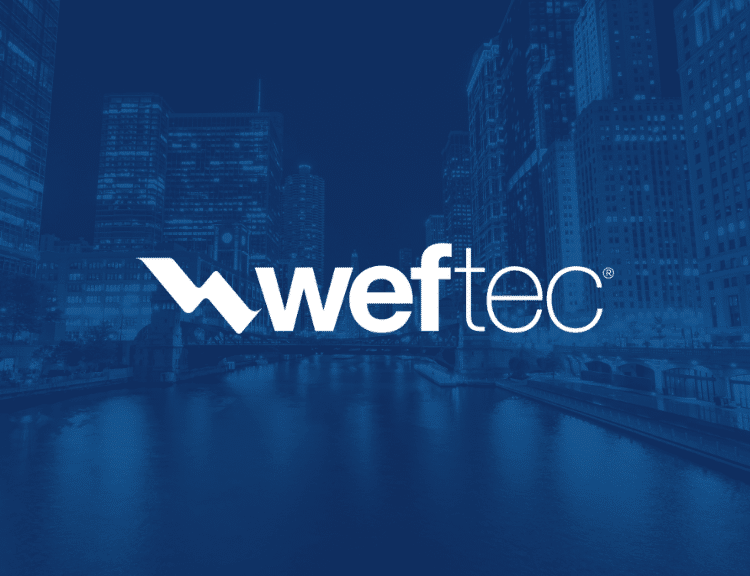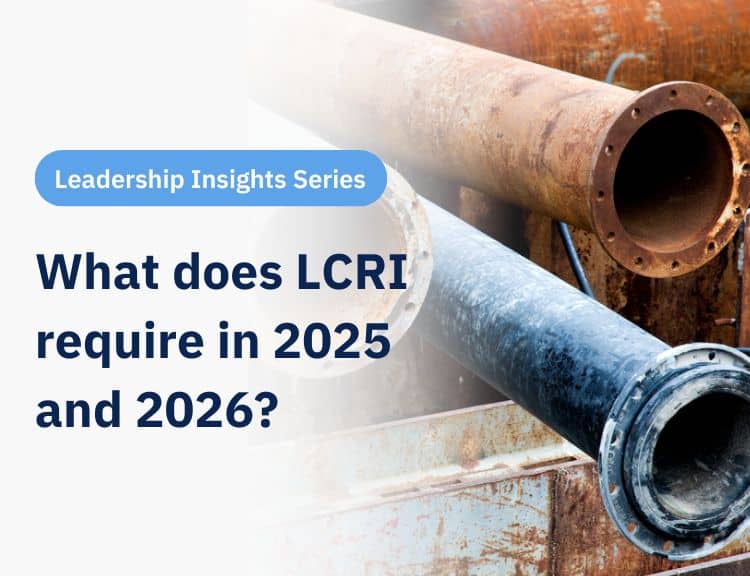We talk a lot about ‘compliance’ but the reality is that compliance is complicated and changes over time. This series breaks down compliance requirements across the LCR and the proposed LCRI to help you understand the who, what, and when of compliance.
The October 2024 Service Line Inventory deadline is now 1 month away. In the previous post, we explored the added complexity of utilizing predictive modeling and statistical methods for the Service Line Inventory when your system’s service line materials makeup is unclear.
For all water systems, the work of compiling an inventory, managing unknowns, and lead/GRR replacements is a big, expensive project. At BlueConduit, based on our conversation with hundreds of water systems, we estimate the all-in cost of 1 single physical verification to be, on average, $1,000. This includes the costs of excavation, meter inspections, labor, customer notifications, pitcher/filter kits, and more.
According to the latest EPA data, the average number of unknown service lines per water system is 4,423. Just to physically verify all unknowns, this average water system is looking at a $4.4M cost.
So, how can you fund this work, improve efficiency, and limit the impact on ratepayers?
Drinking Water State Revolving Funds (DWSRF) and the Bipartisan Infrastructure Law (BIL) provide billions in funding opportunities for states to support these essential projects, both before and after the deadline.
Let’s explore how water systems can navigate these funding sources.
Understanding state allotments
The good news for states is that significant funding is available, with $3 billion allotted in Fiscal Year 2024 alone, specifically for Lead Service Line Replacement through DWSRF, as part of the BIL. These allotments, detailed in this EPA memo, vary by state and are determined using a formula that considers factors like the number of LSLs identified in each state.
This dedicated funding empowers states to invest strategically in LSLR projects. Additionally, the BIL mandates that states provide 49% of their received funding as additional subsidization, such as principal forgiveness or grants, specifically targeted towards disadvantaged communities. This approach ensures that those water systems and communities most vulnerable to the effects of lead in drinking water receive the necessary financial assistance to address LSLs.
Service line inventory
DWSRF loan funding can be used for inventory development, inventory maintenance, and unknown management, both before and after the Oct 16 deadline. This includes activities like data collection and analysis, physical verifications, and community outreach.
Don’t let the term “loan” scare you away! Most state SRFs offer flexible assistance agreements, including principal forgiveness and grants, to make these projects more affordable. Small and disadvantaged communities, take note: EPA encourages states to minimize administrative burdens and utilize set-aside funds to streamline the inventory process for you!
Replacing full lead service lines
Once your initial inventory is complete, it’s time to focus on unknown management and replacements. The BIL has dedicated $15 billion specifically for lead service line (LSL) replacement projects. This funding, along with the DWSRF’s General Supplemental appropriation, can cover a range of activities beyond just digging up pipes, including:
- Full LSL replacement: This is the gold standard. Replacing the entire service line, from the water main to the building inlet, ensures maximum public health protection.
- Planning and design: Before you break ground, you need a solid plan. DWSRF funds can cover developing unknown management and replacement plans, community engagement strategies, and cost estimations.
- Risk mitigation: Replacing LSLs can temporarily elevate lead levels in water, so it’s crucial to have mitigation measures in place. This includes point-of-use filters, pipe flushing, and robust communication with residents.
The EPA’s guidance requires the BIL and SRF funding to be used for full LSL replacement.
However, practical challenges and unforeseen circumstances sometimes necessitate partial line replacements. Recognizing this, the EPA outlines specific situations where DWSRF funding can be used for partial replacements, even in cases of customer refusal for full replacement. These situations include:
- LSL replacement in conjunction with planned infrastructure projects: If an LSL is encountered during projects like water main replacements and full replacement isn’t immediately feasible, partial replacement is permissible.
- Emergency infrastructure repair or replacement: In emergencies like main breaks, where full LSLR isn’t immediately possible, partial replacement using DWSRF funding is allowed.
It is important to emphasize that partial LSL replacement is acceptable only when full replacement is impossible due to documented customer refusal or other logistical constraints. The EPA stresses the importance of proper documentation, including signed refusals or records of multiple attempts to obtain consent, to ensure transparency and accountability in utilizing DWSRF funds for partial replacements.
GRR replacements
The EPA emphasizes prioritizing replacements that offer the greatest public health benefit. This focus on known sources of lead contamination leads to a particular emphasis on Galvanized-requiring-replacement (GRR) lines. GRR lines are galvanized service lines located downstream from known or possible lead service lines or components. These lines can pose a significant risk due to their potential for lead. Learn more about GRR here or take a look at our whitepaper.
For FY 2024, BIL LSLR funding prioritizes GRR replacements with known ever lead upstream; this means that you can use BIL funding to replace GRR lines where you are able to show, using a state approved method, the presence or current or previous lead upstream.
However, some service lines are required to be classified as GRR for the purposes of the service line inventory because the upstream service line materials are, or previously were, unknown. In this case, BIL funding cannot be used to replace the GRR service line.
It’s essential to note that galvanized lines downstream of pipes with unknown materials are still eligible for replacement using DWSRF Base and BIL General Supplemental funds. This distinction ensures that while known lead sources receive immediate attention, efforts to address potential lead contamination from unknown sources continue.
Key takeaways
To ensure access to adequate resources to fund your ongoing service line inventory and LSL replacement work, water systems must:
- Understand your state’s allotment: Familiarize yourself with the available funding and how it’s allocated for LSLR projects in your state.
- Develop comprehensive unknown management and LSL/GRR replacement approaches: Plan for efficient unknown management and full LSL replacement whenever possible, but have strategies for addressing partial replacements when necessary.
- Engage with your community: Transparency and communication are crucial. Keep the public informed about unknown management and LSL replacement efforts, funding opportunities, and the importance of addressing lead in drinking water.
BlueConduit can help you create a plan for unknown management and replacement prioritization using locally tailored AI solutions trusted by hundreds of water systems nationwide. Reach out to talk to an expert today.
Want to learn more about efficient planning for your water infrastructure? Sign up for our monthly LSL Predictions or Water Mains newsletters.






